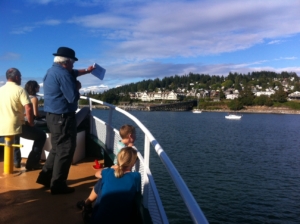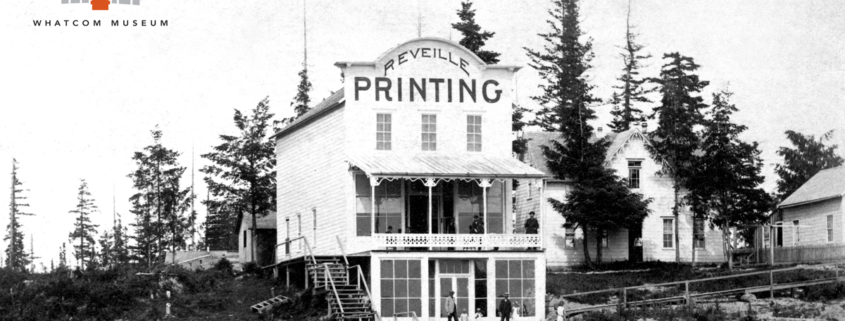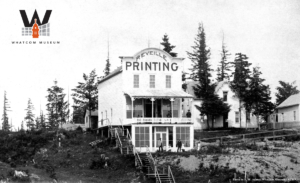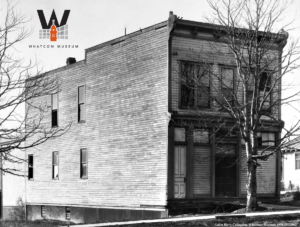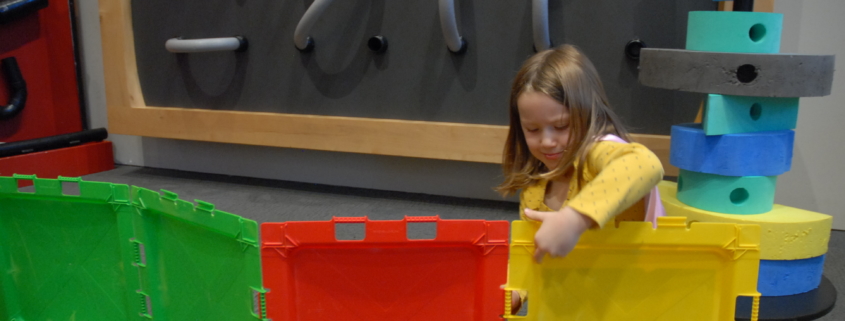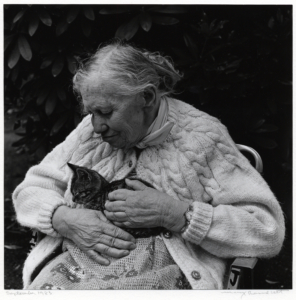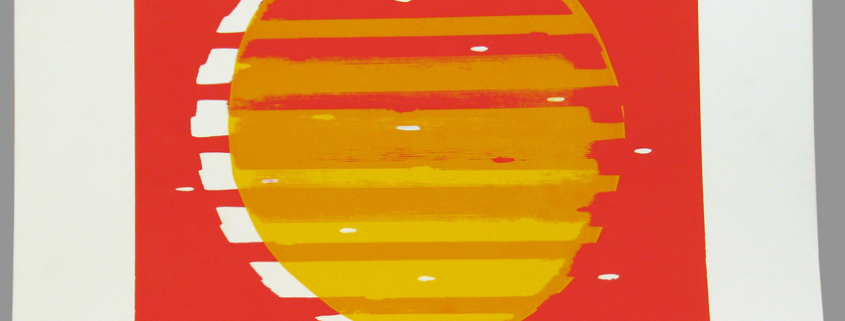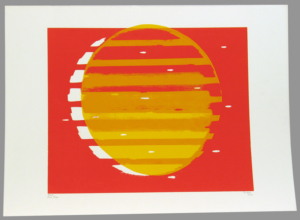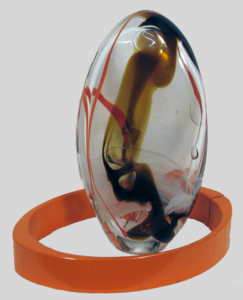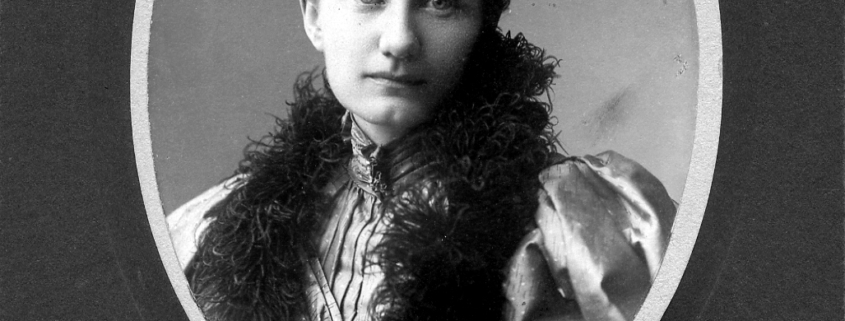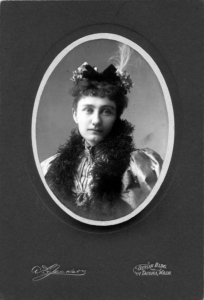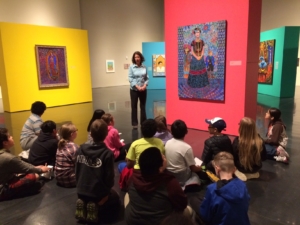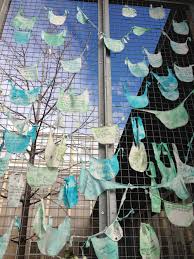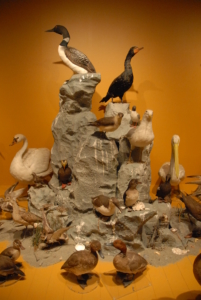Museum Employee and Professional Artist David Miller Brings Prehistoric Creatures to Life

David Miller, American, b. 1957; Quetzalcoatlus, 2002; Oil and acrylic on illustration board, 16 x 12 in. Courtesy of the New York State Museum, Albany.
On a Thursday afternoon in October, Museum Preparator David Miller sat at his desk in the attic of Old City Hall and thumbed through the many binders of his old paintings.
He was searching for a piece he had created many years ago. With each turned page he uncovered a new prehistoric creature like some sort of artistic archaeologist.
Finally, he came across the piece he was looking for. It depicted the prehistoric flying beast Quetzalcoatlus as it soared above a North American forest millions of years ago. The piece, titled Quetzalcoatlus after the creature it depicts, was notable because one block away a reproduction was on display at the Lightcatcher building as part of the Museum’s exhibition Endangered Species: Artists on the Frontline of Biodiversity.
“I think it’s an effective drawing. The forced perspective really shows you the immensity of the creature,” Miller says.
Getting the immensity of the creature was essential. Quetzalcoatlus, with an imposing 52-foot wingspan, was the largest flying animal to ever exist, after all.
Miller originally painted Quetzalcoatlus in 2002 for a book on Pterosaurs. The painting ultimately didn’t get published. In 2004, he took the piece to the Paleo Art Show at the Denver Museum of Nature and Science where the piece was awarded Best 2D Artwork.
Bringing creatures to life
Quetzalcoatlus isn’t Miller’s only dinosaur painting. In fact, much of his art career is centered around creating scientifically accurate depictions of prehistoric animals.
His interest in painting prehistoric animals goes back to his childhood. When he was younger, he drew dinosaurs and World War II fighter planes. After high school, he attended Montserrat School of Visual Art in Beverly, Massachusetts, and the Art Student’s League.
“When I was in school I thought I was going to be a so-called fine artist,” Miller says. “But I quickly discovered that I didn’t have much to say; there were people that were better that could say what had to be said. So, I wanted to serve science as an illustrator.”
His first step into the world of prehistoric painting began after he found an anthology on vertebrate paleontology. The book described the taxonomy of different animals and showed illustrations of their skeletons. Miller says he became interested in the prehistoric fish and took a shot at painting them. Those paintings were included in a book called Discovering Fossil Fishes published in 1995. After that, everything fell into place.
Miller says scientific accuracy is his primary goal. In this work, it’s everything.
To illustrate his point, Miller recounted the story of a painting he created for the Florida Museum of Natural History in 2004. The museum flew him to Florida so he could snorkel in the environment he would be painting. Afterward, he spent hours working with an expert on mollusks to make sure every detail was correct.
“The level of accuracy was exacting,” Miller says. “Everything had to be right. I can’t tell you how many scans I sent to him and how many times they came back with red ink.”
David Miller joins the Museum
In 1992, Miller moved to Bellingham with his wife. The next year, he began working with the Whatcom Museum after he offered to paint a dinosaur for an exhibit.
The Museum continued hiring him for projects over the years, including two massive 80-foot murals. One, created in 2001, depicts African, Asian, and American rainforests. The other, created in 2006, depicts marine and harbor habitats.
In 2012, he joined the Museum full time as a preparator. In this role he handles everything from hanging artwork to creating object mounts, painting backgrounds and lighting displays.
“[The most satisfying part of the job is] being alone in the shop working on a project that I helped conceived of or am really passionate about that takes problem-solving skills and attention to detail,” Miller says. “To me, I can’t think of a better job. If I’m not painting, I’d rather be doing something like that.”
Miller still spends much of his personal time drawing but doesn’t currently do contract work. He says he doesn’t have the time for it.
He then grabbed another binder from the corner of his desk and cracked it open.
“I just seem to keep having to draw,” Miller says. “I miss those days where you get in the car going out to FedEx, and in the back of your car is a painting that you’re going to send out and get paid for.”
Written by Colton Redtfeldt, Marketing Assistant










